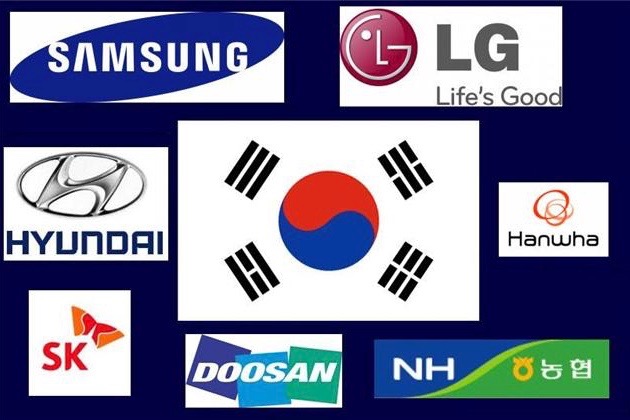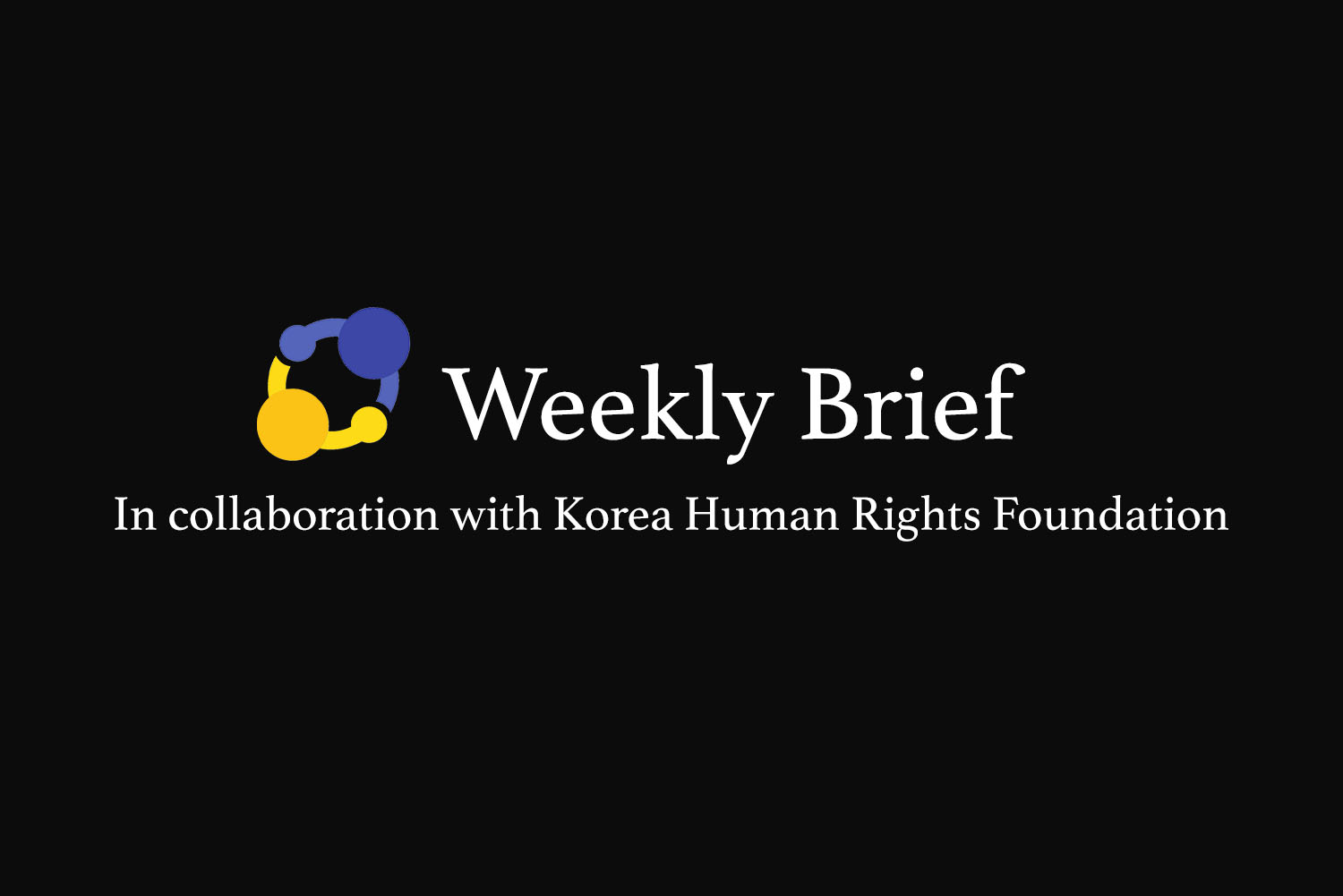
One Nation Divided under the Chaebol
Recently I came across an intriguing post on the Global Voices website: In 2014, a piece of legislation was introduced in the National Assembly for the purpose of punishing South Korean consumers who shop on foreign websites.
Those unacquainted with shopping in South Korea may be puzzled to learn that products from South Korea’s flagship firms such as Samsung, LG and Hyundai sell at prices often two to three times greater than those charged in the U.S. market. In fact, one of the many disgruntled South Korean consumers quoted in the story points to a South Korean-brand TV selling for roughly $5,900 USD in Korea and $1,550 USD in the U.S.
Naturally, consumers try to find bargains abroad on the Internet, but the government wants none of it, it seems.
For me this issue gets to the heart of the good and the bad of South Korea’s recent economic history and the public’s complicated relationship with the chaebol — South Korea’s giant corporate conglomerates.
On the one hand, firms like Samsung embody South Korea’s status as an advanced, global economic power and thus are a source of national pride. On the other, they represent the deep-seated cronyism of the South Korea political economy and an increasingly calcifying class structure.
The Chaebol: A Short History
The chaebol and their outsized influence on South Korean society are rooted in the country’s development model, which saw the state commandeer society’s economic assets and direct them towards funding the growth and expansion of these economic behemoths. For decades the state maintained almost complete control of the South Korean financial system. This allowed the government’s banking monopoly to depress the interest rates offered to bank depositors (read middle- and lower-class savers) while at the same time lavishing the chaebol with subsidized credit to encourage their expansion into targeted industrial sectors.
However, during the 1960s and 70s this subsidized finance often carried with it the accompanying threat of swift reprisal from the government if production targets were not attained. This mechanism set in motion a process whereby the chaebol pursued an “expansion above all else” strategy that resulted in unwieldy conglomerates operating in a wide array of disparate economic activities.
For example, while people the world over are well acquainted with Samsung’s electronics arm, they may be surprised to learn that Samsung’s insurance branch is the largest life insurance provider in South Korea, with a nearly 50 percent market share, and the world’s twentieth-largest. Samsung also builds apartments, operates hotels and sells clothes.
Unfortunately Samsung and its ilk have yielded a host of dilemmas for South Korean society to this day.
The Chaebol: A Source of Social and Economic Ills
In a cruel twist of irony, it was the very successes of South Korea’s 1980s democratization movement that served to obstruct any meaningful oversight of the chaebol. While the reasons for this are varied, the influence that the wealthy conglomerates were able to accrue in exchange for bankrolling political parties and candidates — paid for with illegally accumulated “slush funds” — certainly stands as one of the more important factors.
The state-chaebol nexus which came to form the backbone of South Korea Inc. has allowed mega-firms to consistently trample over laws and regulations with little or no accountability. Perhaps more critically, the chaebol’s outsized influence on the South Korean political system has made legislative remedies seeking to balance the top-heavy South Korean economy hard.
And as in the case of the proposed legislation that sought to punish domestic consumers for trying to flee an unfavorable shopping environment, the state helps the chaebol retain their dominance over the domestic market.
Ordinary South Koreans increasingly challenge the notion that they should play the chaebol’s doormats and pay inflated prices in the name of patriotic obligation. They are also alarmed by the chaebol’s breakneck expansion into new commercial arenas and by the attendant demise of thousands of mom and pop businesses that provide a large share of employment to those in their 50s and 60s.
The eclectic mix of bakeries and tea houses and restaurants — traditionally sectors dominated by small family-run businesses — are vanishing, killed by chaebol-operated competitors.
Failures of Regulation
Beyond being ‘too big to fail,’ the chaebol have become too big to govern. In 2014, the combined revenues of the three largest conglomerates — Samsung, LG, and Hyundai (the last being Hyundai Motor Group and Hyundai Heavy Industries combined) — equated roughly 45 percent of South Korea’s GDP. And an ever-growing list of top chaebol executives are pardoned or granted suspended prison terms. President Park Geun-hye pardoned last August SK Group Chairman Chey Tae-won, who had been serving a prison sentence for white-collar crimes. It’s worth noting that Mr. Chey had been pardoned for a separate conviction on similar charges by the previous president Lee Myung-bak, a former chaebol chieftain himself, of Hyundai Construction.
In perhaps an apt demonstration of the rather cavalier attitude of the South Korean business community toward the rule of law, a Forbes article relayed the pro-business South Korea International Trade Association (KITA) perspective that it was “a little disappointing that the scale [of pardons] was smaller than expected.” They meant that other convicted chaebol leaders besides Chey should have been pardoned as well.
President Park Geun-hye’s call in 2012 for ‘economic democratization,’ more than two decades after Kim Young Sam won the presidency with a campaign centered on the exact same pledge, serves as an indication of how elusive meaningful reforms remain. Legislation passed in 2013, to curb dubious business practices of the chaebol, was derided as a “paper tiger” by watchdog groups who argued that the compromises needed to secure passage had rendered it toothless.
Local bylaws that compel large retail chains to close every other Sunday are another symbolic measure to ensure the vitality of small businesses in the face of the daunting challenges presented by chaebol expansion.
Arguments for the Chaebol-Centric Economic Policy
Still, I find it somewhat admirable that prominent business people are, in however limited a way, held to account for their crimes. This is not the case in many fast-developing countries. And in spite of the dour assessments above, South Korea is rightfully lauded for accomplishing an elusive goal that so many nations have set out to achieve and few have pulled off: rapidly moving up the value added chain and going from a producer of trinkets and T-shirts to one of reputable cars and smartphones in a just a few decades, all through willful strategizing.
The most important thing the South Korean government did was to keep the control over productive assets largely in South Korean hands, often purchasing technology licenses or forcing foreign investors into joint ventures with South Korean firms rather than letting large multinationals come in and run amok in the domestic marketplace. This allowed the state to bolster firms seeking to move into producing higher value goods.
Second, the South Korean government should be lauded for tactfully fighting off U.S. political pressure for rapid liberalization. These pressures began to mount in the mid-80s and were often backed-up with threats by U.S. trade envoys of severe reprisals. Perhaps the South Korean government’s approach to handling U.S. economic demands is best described as ‘bend but don’t break.’ Total capitulation to U.S. entreaties could have gutted Korea’s nascent auto and electronics industries, which are now major global competitors to big American companies.
South Korean Nationalism: The Glorious Past over the Problematic Chaebol
But the chaebol still present a conundrum for South Korean society. They are simultaneously national champions, the purveyors of South Korea’s image as an economic powerhouse across the globe and the symbols of an unequal and unfair society where the roads to social advancement are becoming narrower and narrower. The frailty of small- and medium-sized businesses ― by far the largest source of middle-class employment ― and their lack of access to affordable credit are further consequences of South Korea’s chaebol-centered development model.
To be sure, a great deal of the societal hand-wringing over the chaebol’s role in South Korean society is rooted in a battle over political history. While my analysis primarily focused on economics and the chaebol, interpretations of South Korea’s recent political history, namely the military dictatorships of Park Chung-hee and Chun Doo-hwan (1961-1988), form another primary cleavage among the South Korean public. Was Park a strong leader who ushered South Korea into the club of wealthy economies with his vision and determination, or was he a repressive dictator who murdered and imprisoned those who dared oppose him all while nurturing his cronies in the business world?
Anyone who has spent some time residing in South Korea is aware of the deep national pride that courses through most of its citizens, and how often they are willing to regale you with historical anecdotes, facts, and figures meant to impress Korea’s greatness upon you. Given my particular scholastic proclivities, I’ve always found it remarkable how often South Koreans eschew touting their quite momentous economic rise in favor of extolling the Korean Peninsula’s four seasons, the turtle ship that defeated the Japanese navy in the 16th century, the ancient Silla Dynasty or King Sejong, the revered 15th-century inventor of the Korean script.
To my mind, its recent history – the transformation from an abjectly impoverished nation into a prosperous society featuring global powerhouses like Samsung and Hyundai – is nothing short of miraculous. However, upon deeper thought, when one considers the painful history and current angst bubbling beneath the surface of the chaebol’s successes, maybe the focus on the events of long-ago reflects a universal human tendency to see ourselves through the lens of a simpler, purer, and far less complicated time than the messy reality of today.
Cover Image Source: Arizona MUNdi

